Blackberry plants (Rubus fruticosus) are vigorous, fruit-bearing shrubs known for their sweet, tart, and nutrient-rich berries. Whether grown in backyard gardens, orchards, or containers, blackberries reward growers with bountiful harvests when provided with proper care — and at the heart of successful blackberry cultivation lies one essential task: watering.
Watering blackberry plants correctly can make the difference between a thriving, productive plant and one that struggles with poor yields, disease, or plant stress. Overwatering or underwatering can both lead to issues like root rot, shriveled berries, or stunted growth. Understanding how often to water a blackberry plant requires considering several factors — from climate and soil type to plant age and seasonal growth phases.
This detailed article will guide you through everything you need to know about watering blackberry plants, covering ideal watering frequencies, seasonal adjustments, soil and container care, and signs of overwatering and underwatering.
Why Is Watering Important for Blackberry Plants?
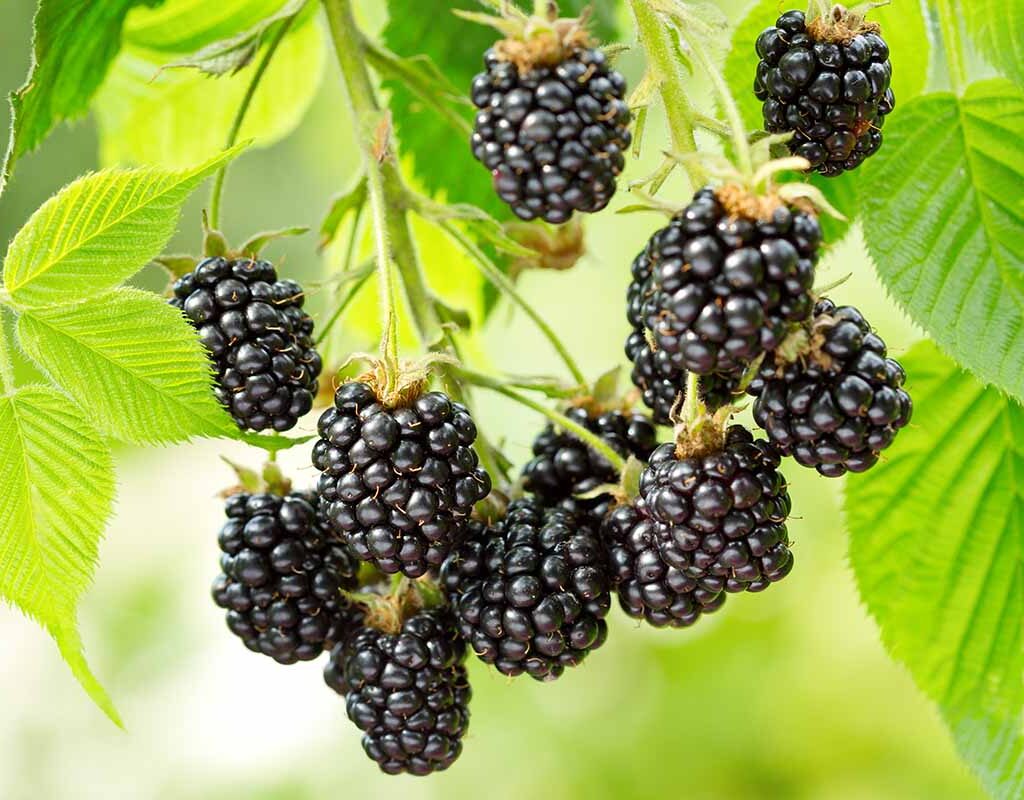
Water plays a crucial role in every stage of a blackberry plant’s development:
- Supports photosynthesis and nutrient absorption.
- Maintains cell turgor pressure for firm, upright canes.
- Promotes healthy shoot, leaf, and fruit growth.
- Reduces plant stress, increasing resistance to pests and diseases.
- Prevents problems like poor fruit set, shriveled berries, and leaf scorch.
Because blackberry plants have relatively shallow root systems (typically within the top 18 inches of soil), they are particularly sensitive to soil moisture levels and benefit from consistent, balanced watering.
How Often Should You Water a Blackberry Plant?
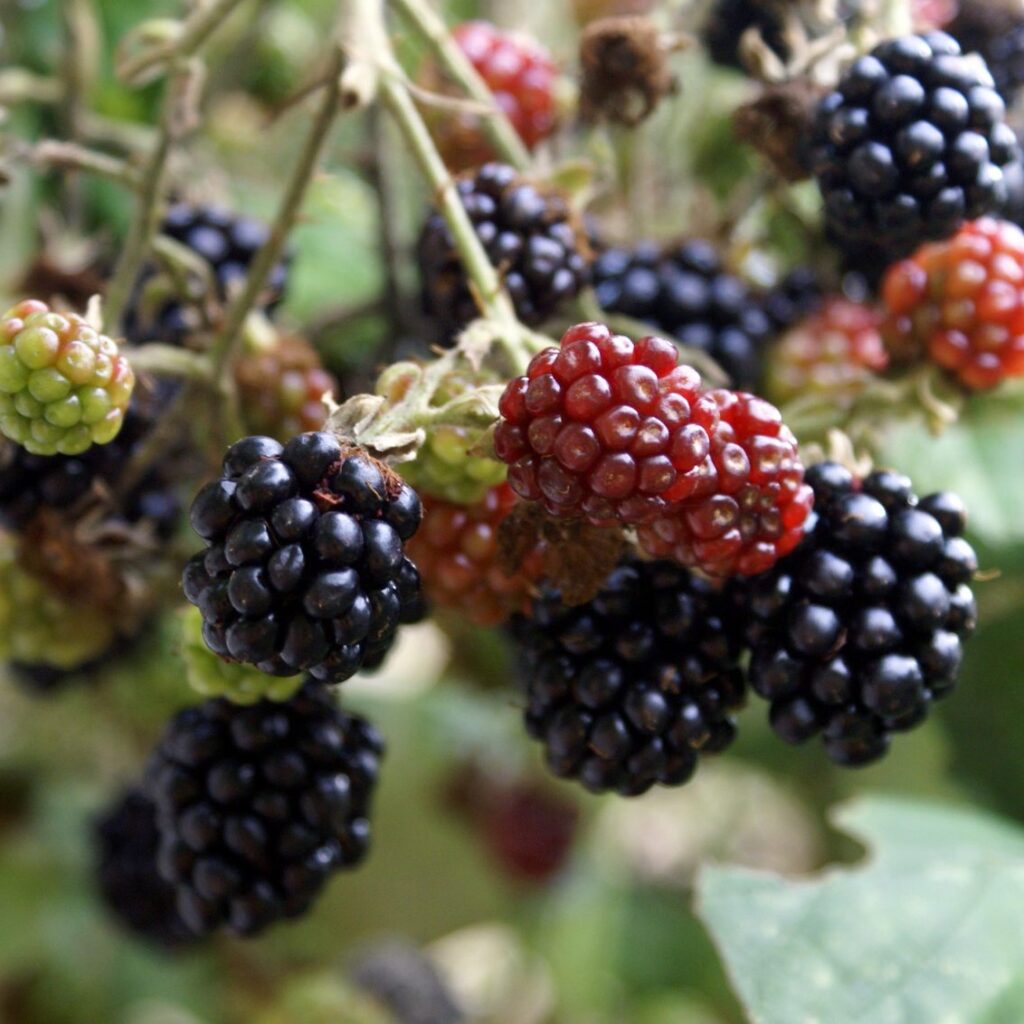
The watering needs of a blackberry plant change based on its growth stage, weather conditions, soil type, and whether it’s planted in the ground or in a container.
| Plant Stage | Watering Frequency |
|---|---|
| Newly planted canes (first 4–6 weeks) | Every 2–3 days to keep soil consistently moist |
| Actively growing plants (spring) | Every 3–5 days, adjusting for rainfall |
| Flowering and fruiting season | Every 1–3 days in hot or dry weather |
| Post-harvest period (late summer) | Every 5–7 days depending on rain and soil |
| Dormant season (winter) | Water occasionally during extended dry spells |
Seasonal Watering Needs for Blackberry Plants
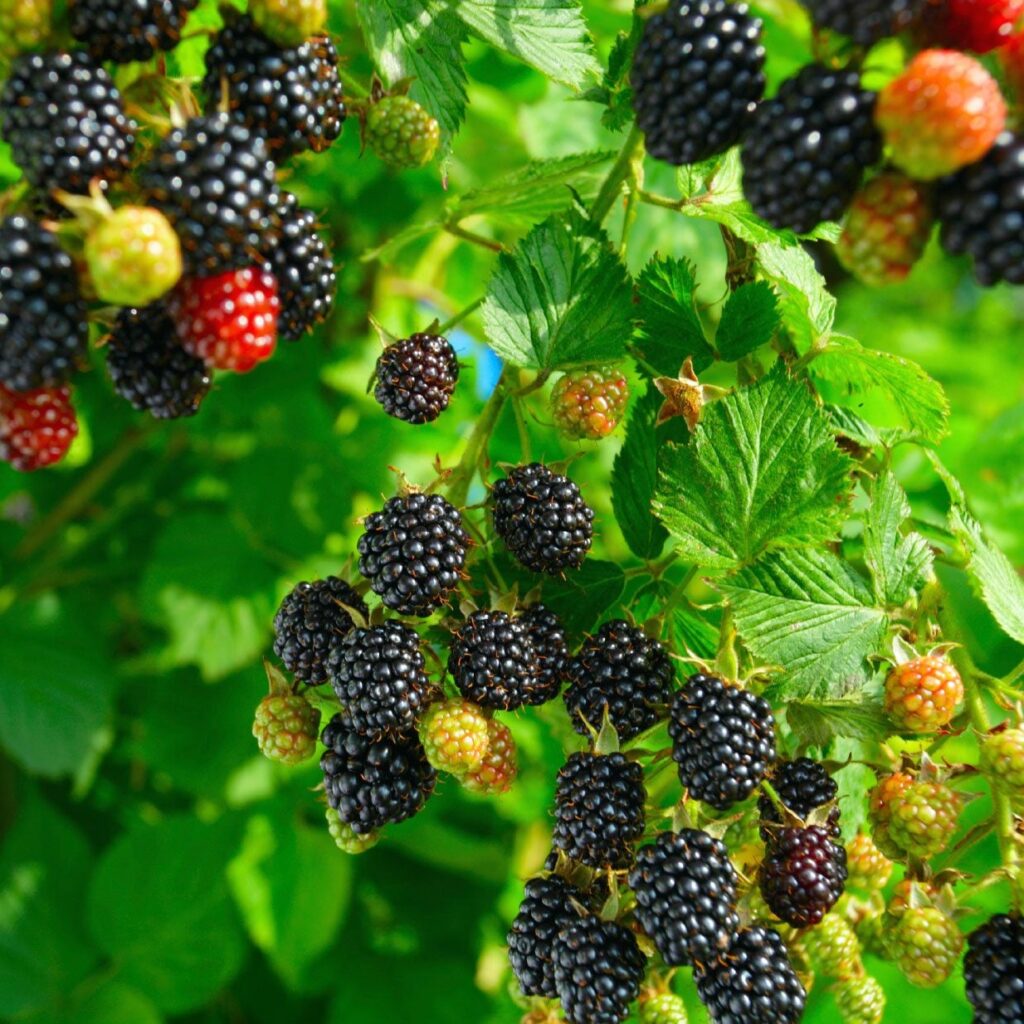
Spring
- New leaves, canes, and flower buds begin to emerge.
- Water 2–3 times per week to keep soil evenly moist.
- Support early growth and flower bud development by maintaining consistent soil moisture.
Summer
- The most critical time for watering as plants flower and produce fruit.
- Water every 1–3 days in hot, dry weather.
- Consistent moisture ensures large, sweet, juicy blackberries.
- Container plants may need daily watering or more during heatwaves.
Autumn
- After harvesting, plants slow down growth but continue developing root systems.
- Water every 5–7 days or as needed depending on rainfall.
- Gradually reduce watering as temperatures cool.
Winter
- Blackberry plants go dormant in colder regions.
- Water only if the soil remains dry for extended periods.
- Avoid overwatering in winter to prevent root rot in cold, damp soil.
How Much Water Does a Blackberry Plant Need?
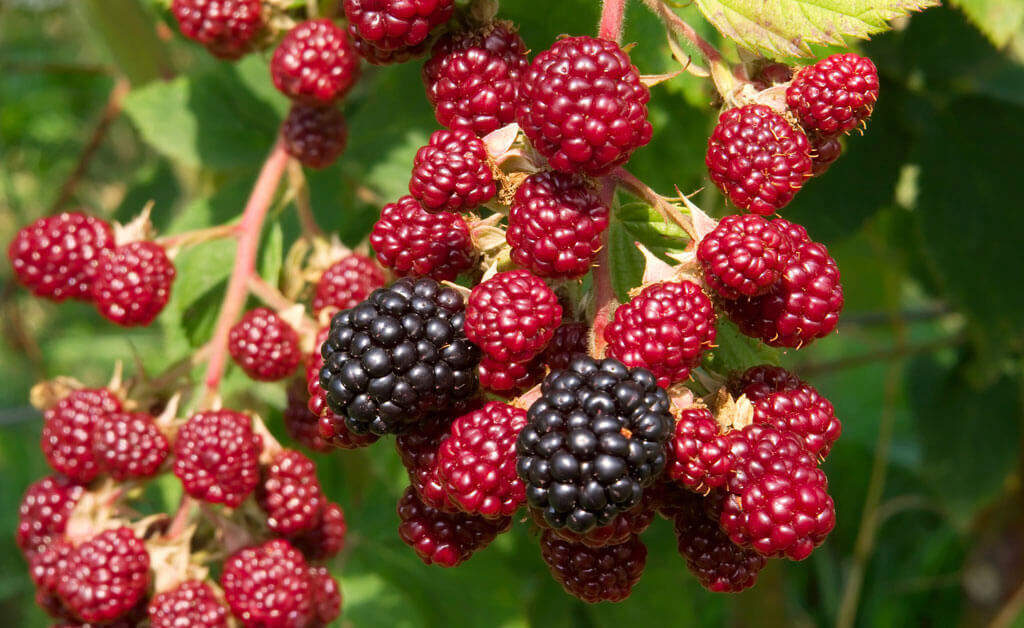
On average, blackberry plants require about 1–2 inches (25–50 mm) of water per week during the growing and fruiting seasons, increasing during hot, dry periods.
General Watering Guidelines:
- Newly planted canes: 2–5 liters (0.5–1.3 gallons) per session every 2–3 days.
- Established plants: 10–20 liters (2.6–5.3 gallons) per session during dry spells.
- During fruiting: 15–25 liters (4–6.6 gallons) per watering when conditions are dry.
Deep watering is best — soaking the soil to a depth of 12–18 inches encourages deep, strong root development and prevents shallow, weak roots.
Watering Blackberry Plants in Containers
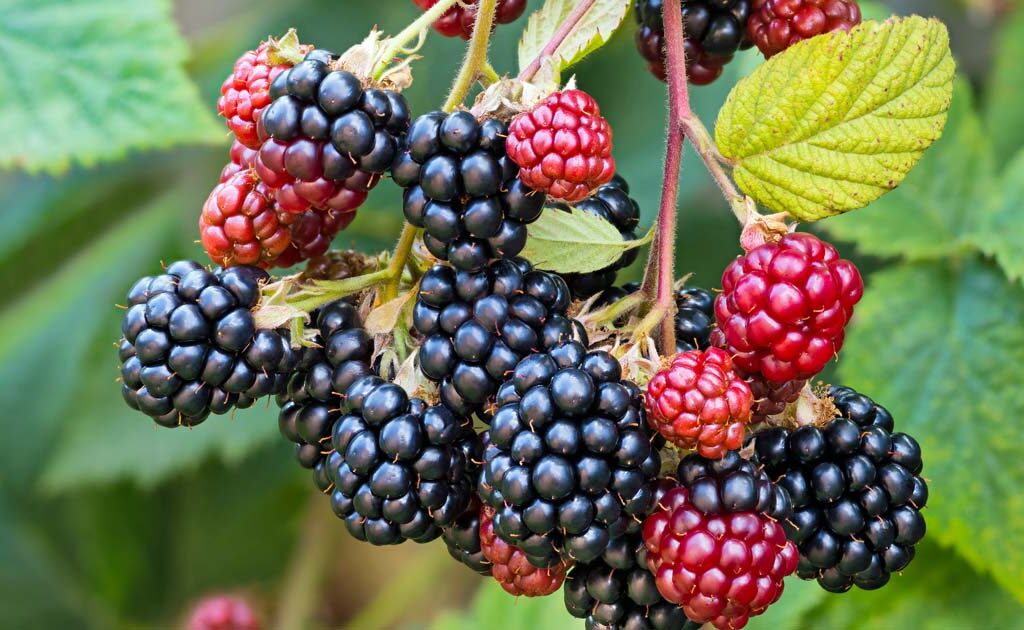
Blackberry plants in pots or raised containers dry out faster than those planted in the ground.
Container care tips:
- Check soil moisture daily, especially during hot months.
- Water when the top 1–2 inches of soil feel dry.
- Ensure containers have drainage holes to prevent waterlogging.
- In hot summer conditions, container blackberries may require watering twice a day.
How Soil Type Affects Watering Frequency
Soil texture greatly influences how often you need to water:
| Soil Type | Watering Frequency |
|---|---|
| Sandy soils | Drain quickly; require more frequent watering |
| Loamy soils | Retain moderate moisture; ideal for blackberries |
| Clay soils | Hold water longer; water less often but improve drainage |
Ideal soil for blackberries: Well-draining, fertile, loamy soil enriched with organic matter.
Tip: If your soil is heavy clay, improve its structure with compost, sand, or aged manure for better drainage and aeration.
Climate and Weather Considerations
In hot, dry, or windy climates:
- Increase watering frequency during heatwaves and dry spells.
- Apply a 3–4 inch layer of organic mulch to conserve moisture, suppress weeds, and regulate soil temperature.
In humid or rainy climates:
- Reduce watering to avoid waterlogged conditions.
- Check soil moisture before watering to prevent overwatering.
Best Time of Day to Water Blackberry Plants
The ideal time to water blackberries is:
- Early morning: Allows leaves to dry before evening, reducing fungal disease risks.
- Late afternoon: Acceptable if mornings are missed, but avoid watering in the evening as prolonged leaf wetness promotes disease.
Benefits of Mulching Blackberry Beds
Mulching offers several advantages:
- Conserves soil moisture.
- Moderates soil temperatures.
- Reduces weed competition.
- Protects berries from soil splashing.
- Improves soil quality as mulch decomposes.
Recommended mulch materials:
- Straw
- Wood chips
- Shredded bark
- Dry leaves
Apply mulch 2–4 inches deep, leaving a small gap around the plant stems to prevent rot.
Signs of Overwatering and Underwatering
Signs of Underwatering:
- Wilting or drooping leaves.
- Dry, shriveled berries.
- Brown, crispy leaf edges.
- Slow cane and shoot growth.
Signs of Overwatering:
- Yellowing leaves.
- Soft, mushy fruits.
- Fungal problems like root rot.
- Stunted or weak growth.
- Soggy, foul-smelling soil.
Pro Tip: Check soil moisture 3–4 inches below the surface. If it feels dry at that depth, it’s time to water.
Common Watering Mistakes to Avoid
| Mistake | Effect | Solution |
|---|---|---|
| Frequent, shallow watering | Shallow, weak root systems | Water deeply and infrequently |
| Overwatering during wet seasons | Root rot and fungal disease problems | Water only when soil is dry |
| Watering foliage instead of soil | Increased risk of leaf and fruit diseases | Water directly at soil level |
| Ignoring soil and weather conditions | Uneven moisture, plant stress | Adjust watering based on conditions |
When to Reduce or Stop Watering Blackberry Plants
After harvesting:
- Gradually decrease watering frequency as plant growth slows.
- Water during extended dry spells to maintain cane health.
During winter dormancy:
- Water only if soil is dry for several weeks.
- Avoid keeping soil soggy in cold, damp weather to prevent root issues.
Conclusion
Watering is one of the most essential practices in successful blackberry cultivation. By tailoring your watering schedule to the plant’s growth stage, climate, soil type, and environmental conditions, you can promote vigorous growth, bountiful flowering, and abundant harvests of sweet, juicy berries.
Focus on consistent, deep watering during spring and summer, taper off after harvest, and use organic mulch to maintain soil moisture. Regularly check soil moisture levels and avoid both underwatering and overwatering.
With proper watering habits and attentive care, your blackberry plants will thrive season after season, rewarding you with generous harvests of delicious, homegrown berries.
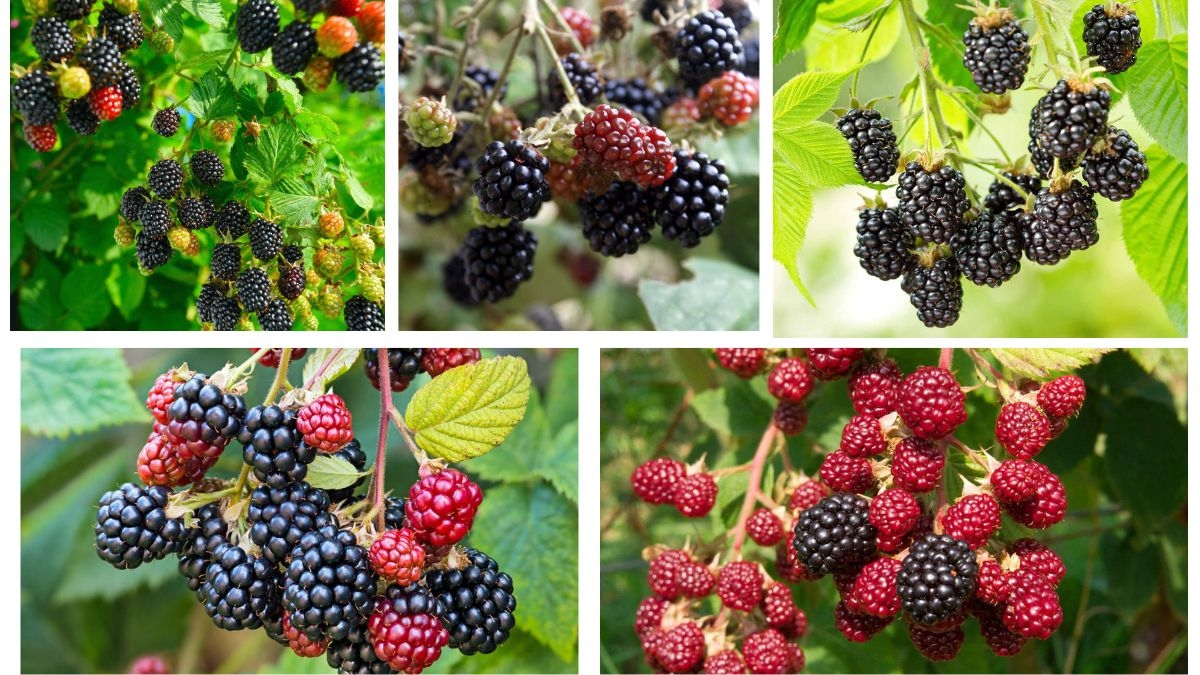



Leave A Comment